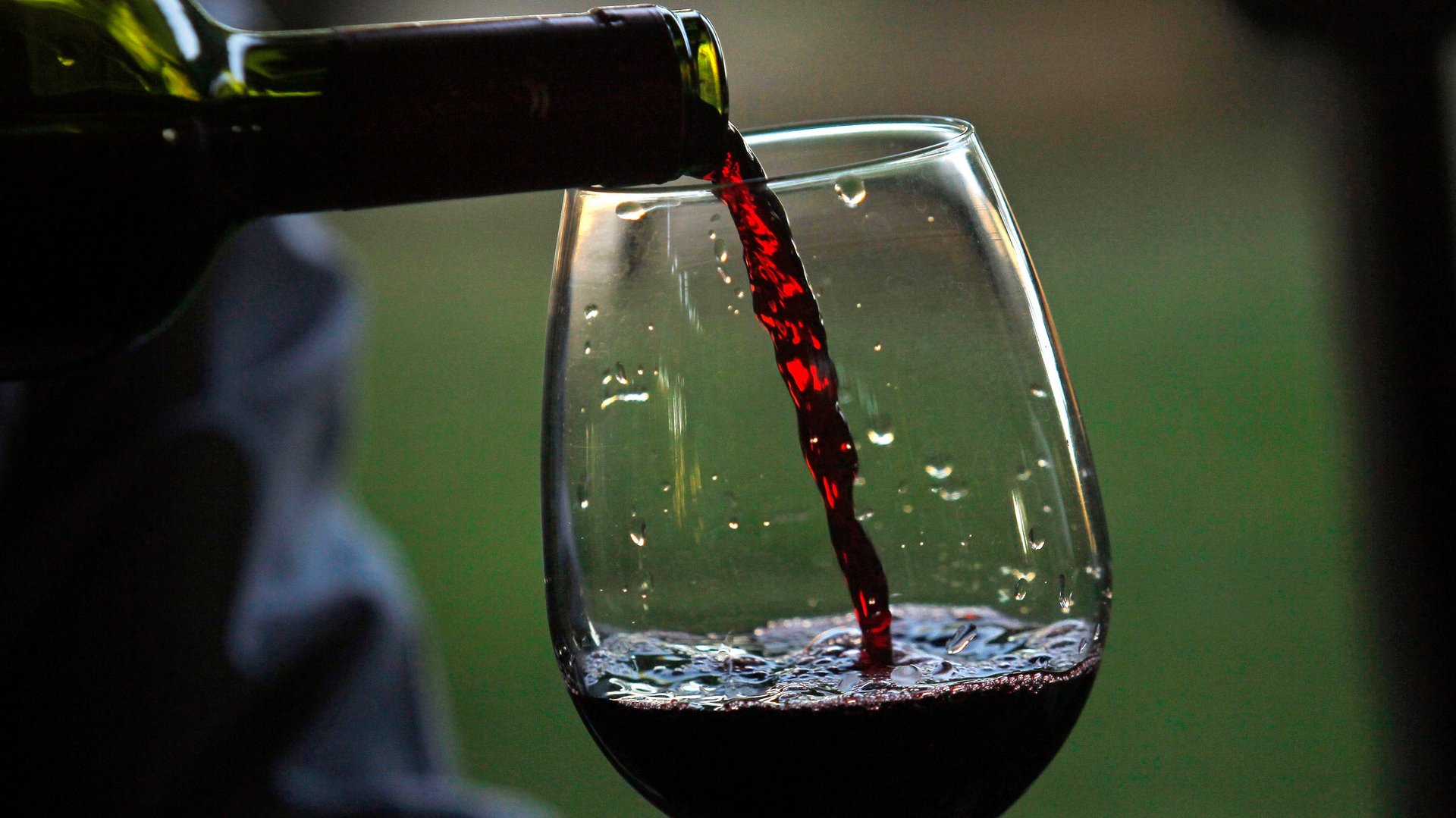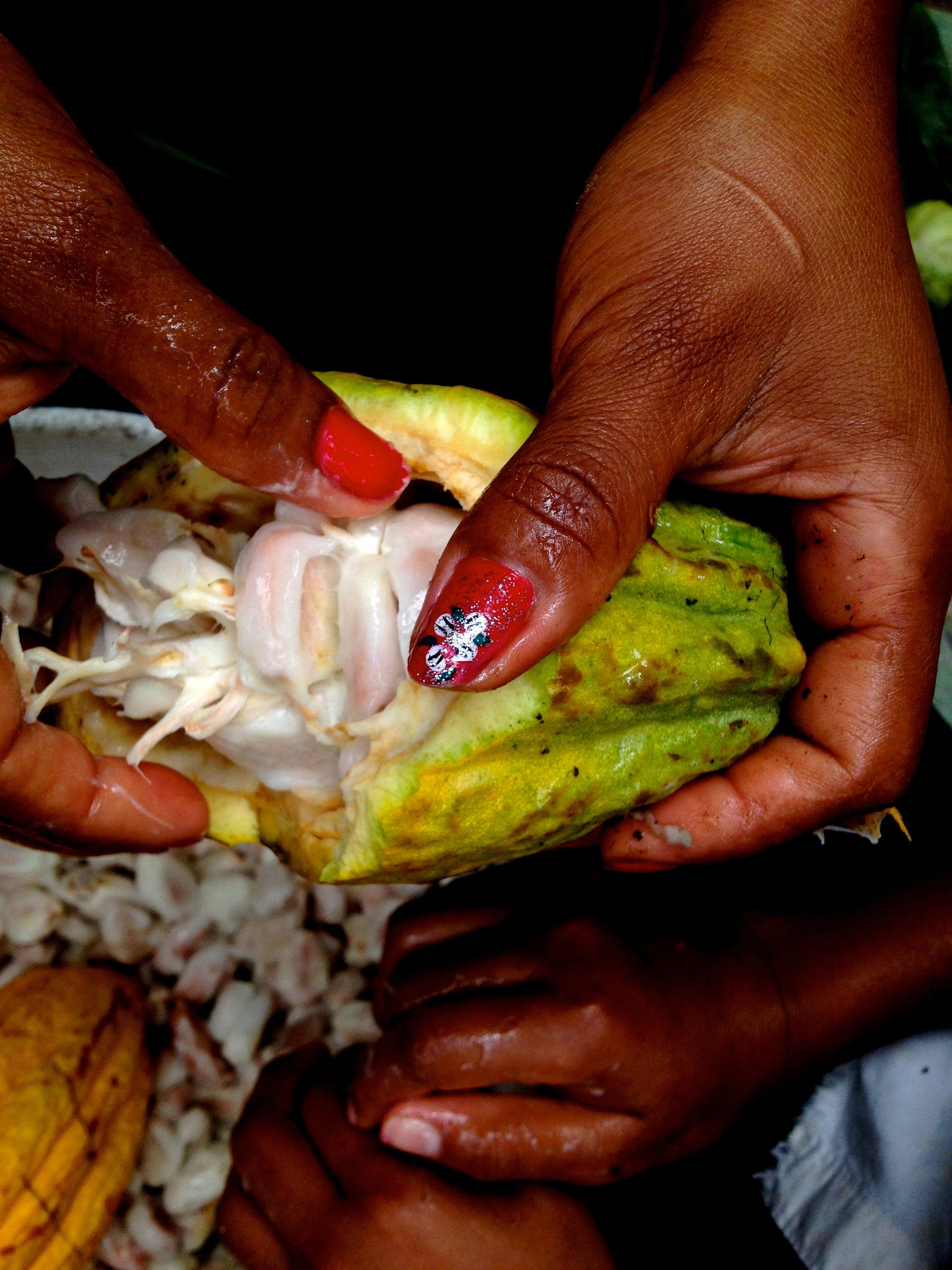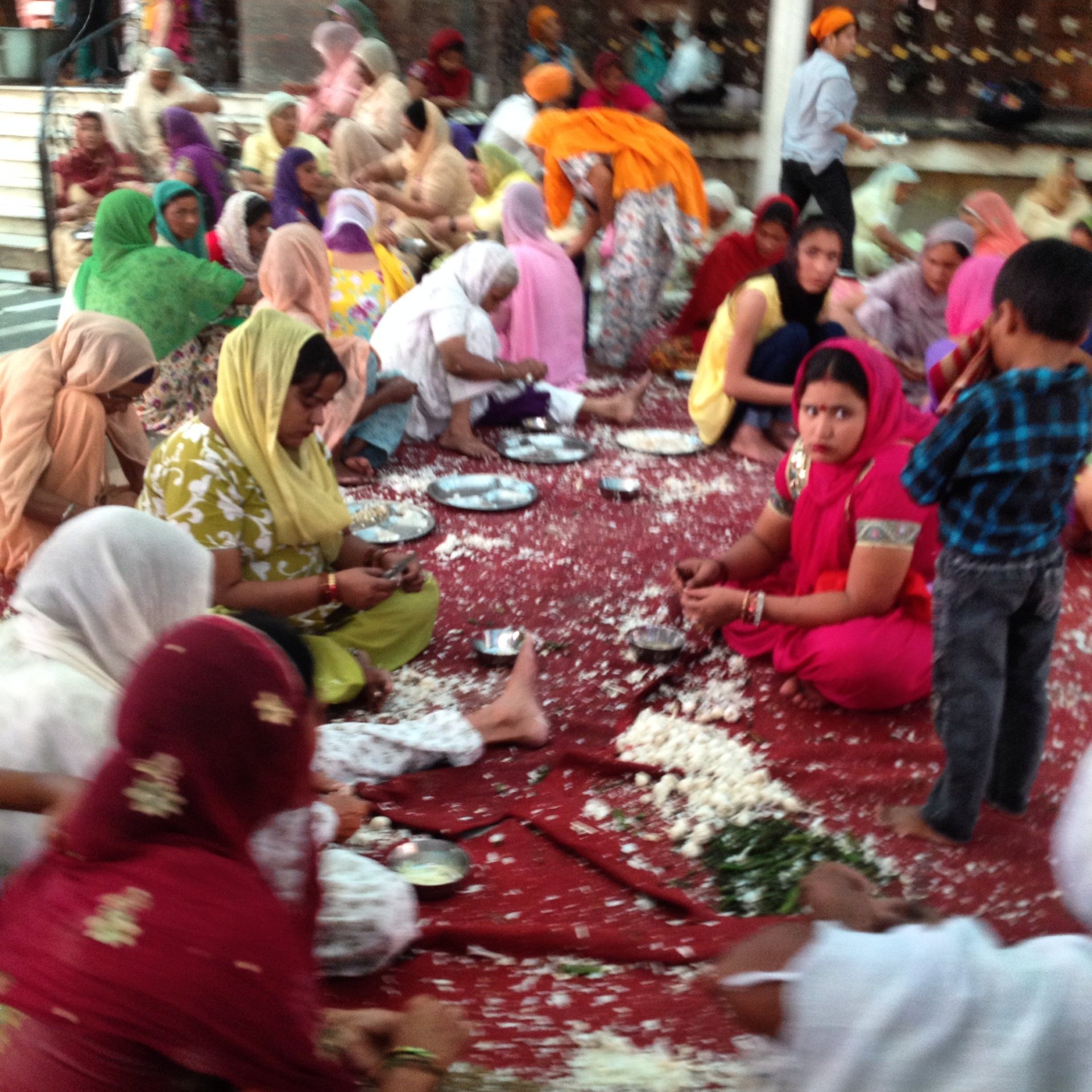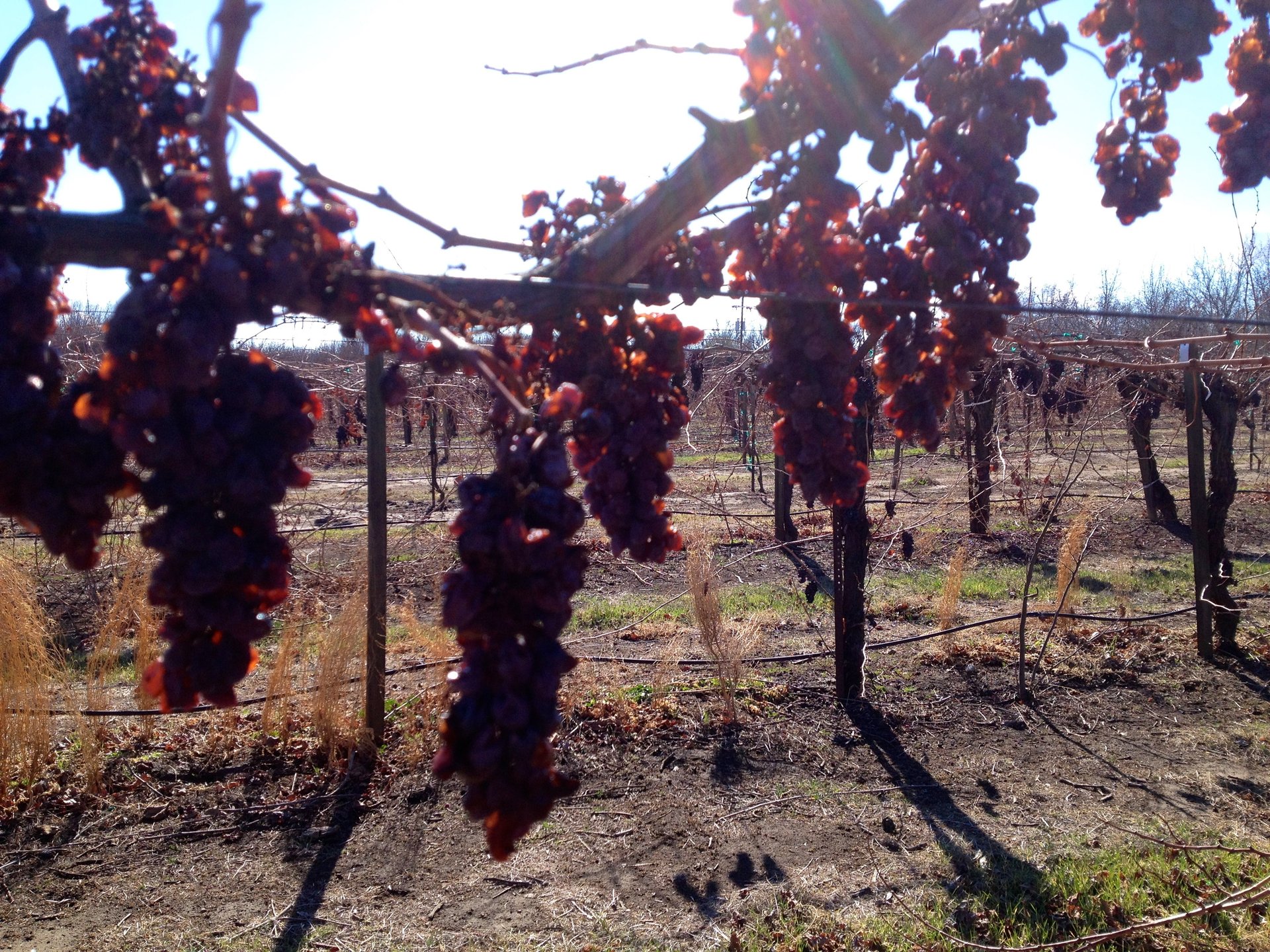If you want to keep eating french fries, you’d better start drinking strange wine
Can we save the planet by expanding our palates? That’s the mouth-watering premise put forward by journalist Simran Sethi in her new book Bread, Wine, Chocolate: The Slow Loss of Foods We Love.


Can we save the planet by expanding our palates? That’s the mouth-watering premise put forward by journalist Simran Sethi in her new book Bread, Wine, Chocolate: The Slow Loss of Foods We Love.
When we eat a limited range of foods, we inadvertently endanger the biodiversity of the global food system, Sethi writes. Bread, Wine, Chocolate explores the economic, cultural, health and environmental threats posed by monocrops as Sethi travels to India’s Golden Temple, California’s wine country, and Ecuador’s cacao plantations. She also immerses herself in the pleasures of eating, digging into a plate of octopus with grilled mushrooms in Peru and savoring a glass of Trousseau Gris–offbeat choices that aim to support the wide variety of food the world has to offer, and the local workers who produce it. In showcasing the ethical benefits of eating adventurously, Sethi hopes to inspire readers to break outside their culinary comfort zones.
“In my work as an environmentalist, some of my most dissatisfying moments have been where the answer is ‘write to your elected official’ or ‘turn down your thermostat,’” Sethi tells Quartz. “But here, it’s like—savor your life. Feast on your life. Understand what flavor means. And if you still choose a Big Mac after learning about this, at least it’s an informed decision.”
Quartz spoke with Sethi about we should care about biodiversity, the benefits of eating local versus going global, and why we should think twice before ordering cheap cups of bottomless coffee.
This interview has been condensed and edited for clarity.
QZ: For a lot of people, it might seem counterintuitive to think our food has become too homogeneous. As you write in your book, when we walk into a grocery store, we’re overwhelmed with all these choices in yogurt flavors and types of potato chips. How are we seeing a loss of agricultural biodiversity?
SS: The diversity we see is in our food is largely in brand and flavor. When you go to a grocery store in the United States, you’ll see 30 kinds of ice cream. It’s overwhelming. But 90% of our dairy products—milk, butter, cheese—all come from one breed of cow [the Holstein Friesian]. In the produce section, we’re just eating one banana, the Cavendish, when the world has the capacity to grow thousands.
QZ: Hmm… so we’ve just got one banana. Why does that matter?
SS: As an investor would say, you’ve got to diversify your portfolio. You never put all your money in one stock. But that’s effectively what we’re doing now with agriculture: we grow just one kind of wheat and one kind of soybean. That’s a treacherous way to run the food system.
Take the Cavendish banana, for example. It replaced the Gros Michel, which was the one banana that used to be in grocery stores but succumbed [to Panama disease[. Farmers worked really hard to create the Cavendish, which is now succumbing [to a fungus]. Because our food system is becoming so homogeneous, we could run into serious problems. If we think back to what happened with the Irish potato famine, we’re talking about history repeating itself.
QZ: So food shortages are one danger. Are there economic risks too?
SS: Absolutely. With coffee, we saw Honduras and Guatemala declare states of emergency because the crops they were growing were wiped out by coffee leaf rust.
We don’t need to grow thousands of varieties of apples, necessarily. But we need to grow enough so that if something happens, we have backups. And the problem is, with climate change, we don’t exactly know what’s going to happen.
QZ: Right—you say that when it comes to climate change, we need to diversify food crops in order to hedge our bets, since we don’t know which ones will be able to thrive with changing weather patterns.
SS: Absolutely. We’re losing the resiliency of our system. With biodiverse crops, we find hardier plants that can combat this kind of climate variability, or varieties that are pest-resistant.

QZ: So what are some of the ways we can support a bigger range of food crops?
SS: There are three ways to save biodiversity. The first is ex situ conservation, like the global seed vault between the Arctic Circle and Norway.
The second is in situ conservation in the wild—saving the wild places and all the wild versions of coffee, wheat, and cacao that grow there.
Then the third way is in situ conservation on farms. So we grow diverse varieties of plants. We often see heirloom tomatoes in farmers’ markets in the summer. We have that kind of diversity in all our foods, but we just don’t know it.
So the place where resilience resides is the nexus of all of these methods. And the way we can support resilience is by eating. Farmers can’t grow what we won’t eat. So to create this market demand is vital.
Research from biologist Colin Khoury shows the world is eating just a handful of foods right now—wheat, rice, corn, soybeans, and palm oil. So it’s a revolutionary act, in Colin’s words, just to eat olive oil.
QZ: Consumer preferences have helped create this problem. You talk in your book about how people really liked California’s big, bold red wines and creamy whites, so that’s what the vineyards grew—but that’s led to less diversity of grape crops. How can we teach ourselves to be a little more experimental with our food tastes?
SS: The way we get more curious and expand our palates is just by doing it. The number one step is to be curious. Go to your wine store and ask for a wine that isn’t familiar to you. If you’re a big California red person, see if you can become a big Portugal person too. It’s so wonderful to be able to taste these flavors, but you have to be able to open your mind.
When I first started tasting coffee, I was in Australia and had just come from Italy. I thought I knew what I wanted: I loved my cappuccino. And meanwhile they’re asking, Do you taste the honeysuckle in this coffee? Do you taste the lemon? And I was just staring at them, like, “I taste coffee?” It took a while. Then all the sudden, the coffee bloomed in my cup and I was tasting all these flavors I’d never tasted before.
So it’s about being curious, but it’s also about paying attention. What are we smelling? What are we tasting? This isn’t hard stuff. It’s just unfamiliar.

QZ: There is an issue here of affordability here, right? There’s great artisanal, fair-trade chocolate available for $13 a bar, but that’s not going to be accessible to people on a budget.
SS: Affordability is a real issue. But it’s also used a lot as the reason we’re not going to pay more for something. Yet no one bats an eye at an iPhone that costs $600.
My invitation to people is to map biodiversity onto what you love. My thing is chocolate. But if you love coffee, you could take that $5 you spend on a pumpkin latte and spend that money at a coffee shop that trades directly with farmers. If you love beer, switch to craft.
It’s also important to think about what goes into a $1.99 hamburger. How does that happen? You can’t buy bread and kill a cow and ship meat and pay someone to flip a burger and someone to ring you up at the cash register for $1.99. Who’s getting left out in this process, and is that the kind of food we want to eat? And why is the argument that things should cost less—why can’t we pay people more?
When I went to Ethiopia, where coffee was born, and I met the farmers and saw how hard they work and the challenges they face—I don’t want cheap coffee anymore. There used to be protocols in place that ensured farmers would get paid a certain amount. Now the amount farmers get paid is largely determined by the markets. So farmers are forced to grow ridiculous amounts of the cheapest, highest-yielding coffee they can to try to make ends meet. When we buy a $1.99 cup of bottomless coffee—that means someone’s not getting paid.
QZ: How do you reconcile the idea of supporting biodiversity around the world with the eat local movement? If you’re trying to a good ethical consumer, do you want to be drinking direct-trade coffee from Ethiopia?
SS: Judy Wicks, who started this beautiful café called the White Dog Cafe, she said to me, “What we want to do is support localism, but all over the world.” So my goal is more aligned with slow food and supporting small-scale producers to help local economies. When I look for coffee, what I’m looking for is smaller cooperatives.
QZ: Part of the justification for industrialized agriculture is that it’s enabled us to feed a lot more people around the world. Is there a trade-off there when it comes to supporting smaller farmers?
The Food and Agricultural Organization of the United Nations has determined that small-scale farming actually feeds more people. And currently through the agricultural systems we have in place, we create more than 1.5 times enough calories to feed everyone on the planet, and we throw 30% of our food away—closer to 40% in the US. So this refrain that industrialized agriculture is the only way to feed people has already been discredited.

QZ: How do you hope this book influences people in their eating habits?
SS: The drumbeat refrain is, “This doesn’t apply to me, it’s rich people stuff” or “This is too hard.” But I wrote this for a Midwestern housewife or someone who reads The New York Daily News, not The New Yorker. In the book, it isn’t me stuffing myself full of Blue Hill and Chez Panisse—I’m eating yucca out of a bucket in Cuba. This is where flavor lives, on the street. You just have to find it. And know that by changing the way you eat, you’re helping farmers and the planet. I’ve made a huge mistake in the past of saying that we have to save the planet to save ourselves. But it really starts with saving ourselves and feasting on our lives.
Simran Sethi’s biodiverse diet: A day in the life
Breakfast: Crawl out of bed, walk toward kitchen and fill up my hand grinder with beans from CounterCulture coffee, a roaster based in North Carolina that I bought in my local grocery. They’re Idido beans from Yirgacheffe, Ethiopia, my favorite spot. I drink the coffee with a splash of Organic Valley whole milk.
I find leftover Indian flatbread (aloo parathas) that my aunt made in the fridge. I heat it on the skillet, dab with butter, and eat.
Lunch: Another forage in the fridge. I find local collard greens I bought at the farmers’ grocery Let It Grow. I saute them with onions in olive oil, and season with my mother’s chile sauce (sambarro). I scoop up final bits of collards with Blue Diamond Pecan Thins.
Snack: Why haven’t my Patric chocolate bars arrived? Bah! I resort to eating Mcvities Digestive Dark Chocolate biscuits I picked up at the grocery story, along with a cup of tea (organic Tazo chai tea bag, to which I add extra ginger and cardamom + whole milk).
Dinner: Leftover quinoa that I had cooked in organic chicken stock, to which I added pecans and dried cranberries. I heat it up with the collards from lunch. I put a dollop of local hummus on top for added texture and protein. I contemplate opening a bottle of wine but don’t. I sprang for a few bottles of Jolie-Laide Wines. The pinot noir would have been a great addition but I feel a cold coming on, so decline.
After dinner: This great tonic made from lemons, ginger and honey that my mom and sister swear by. Thick, sweet, a little bitter – meant to kill the cold that I know I am starting to get. I blend it with hot water and drink it as I pack for my trip to NYC.